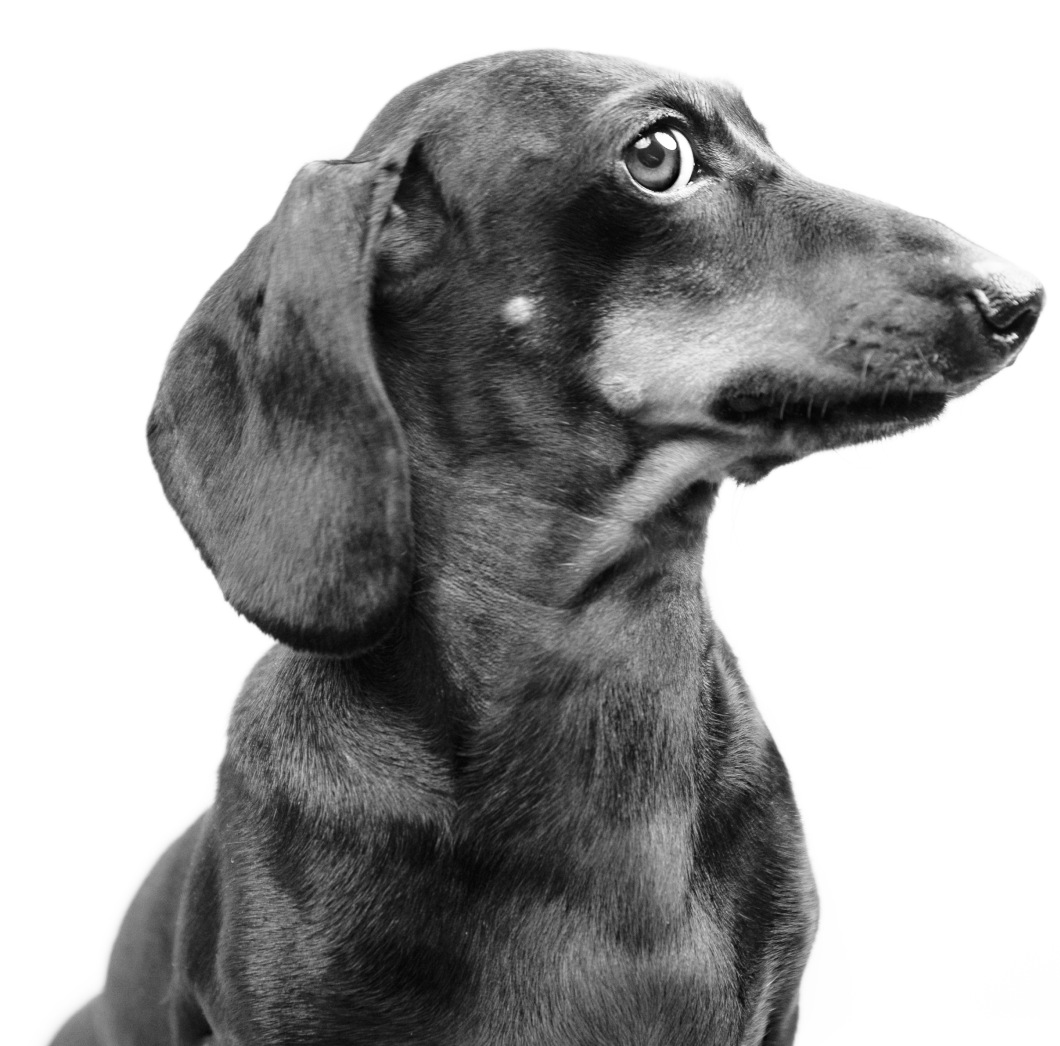Ooops! The page you're looking for does not exist.
Even though we put a lot of care into providing up-to-date pages and content, we're just humans and we might still get some links wrong!
But don't be discouraged: click on the menu above or the button below to return to the site.

